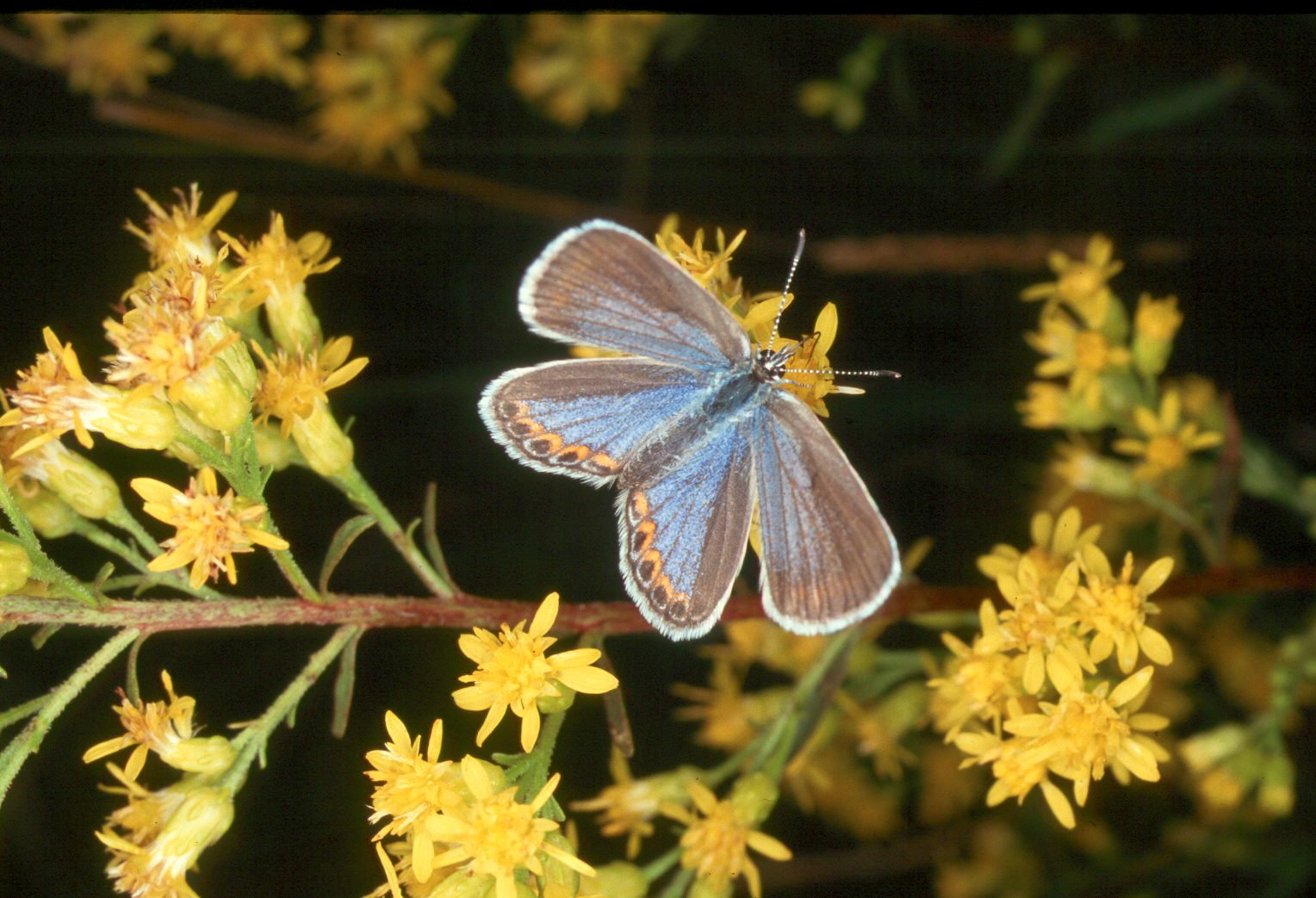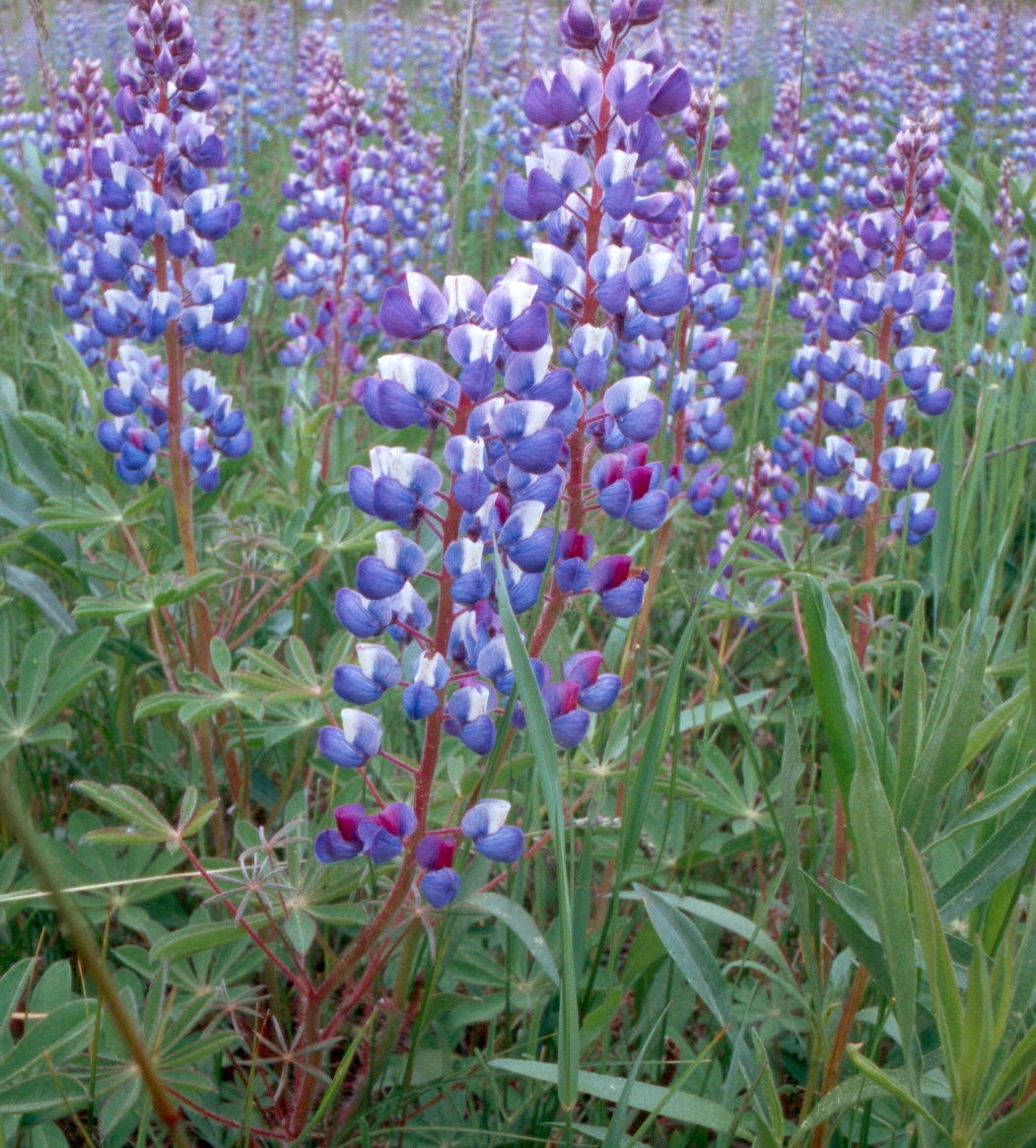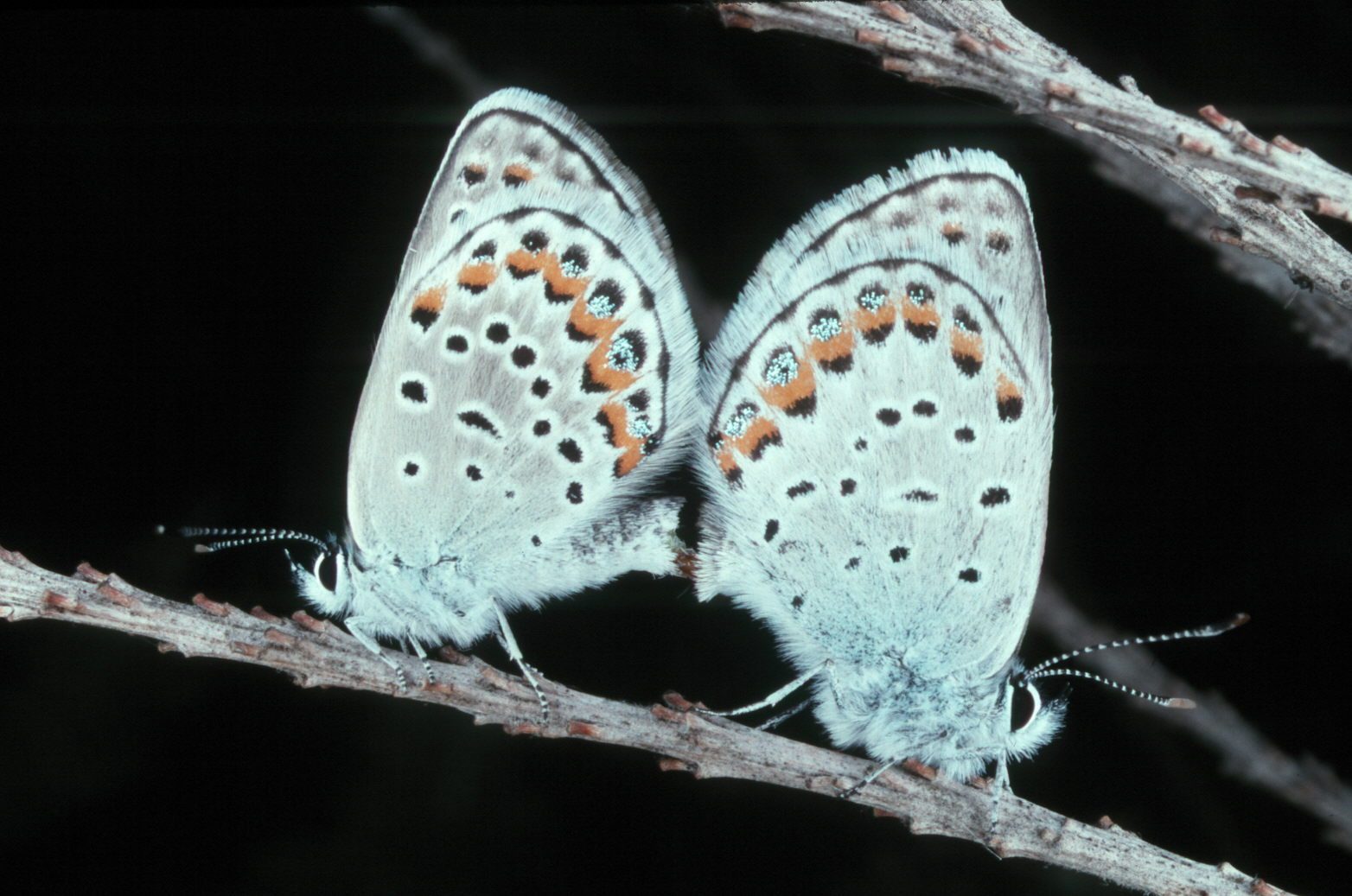Wisconsin populations of the Karner blue butterfly have rebounded and spread out thanks to efforts that Sand County Foundation undertook with the U.S. Fish and Wildlife Service.
We showed what can be achieved when landowners enhance, restore and rehabilitate their landscapes with conservation approaches that can be financially beneficial.
The Karner blue butterfly was found across 12 states from Minnesota to Maine and Ontario, Canada, before a drastic decline in population and habitat. It was listed as an endangered species by the U.S. Fish and Wildlife Service in 1992.

Fire suppression efforts resulted in dense, dark tree stands that hindered the growth of the wild lupine plants it needed to survive. Agriculture and urban development confined the plants and butterflies into smaller, more isolated populations. Because Karner blue butterflies are weak flyers that stay close to their home territory, isolation leaves them unable to disperse successfully. Each isolated population becomes more vulnerable to local extinction.
The Karner blue butterfly's caterpillar depends on the wild lupine plants as its sole food source, while adult butterflies feed on a number of flowering plants. In central and northwest Wisconsin (which boasts the world's largest population of Karner blue butterflies) the habitat is typically dry, sandy openings amid oak savannas or jack pine stands.
To enhance, restore and rehabilitate such habitat, Sand County Foundation worked with the U.S. Fish and Wildlife Service to provide landowners with the financial resources and technical expertise (invasive species control, logging and prescribed fires) to reestablish habitat.

This innovative, but relatively easy, effort with 39 landowners quickly created habitat across 1,700 acres in Wisconsin. By 2007 the project earned Sand County Foundation the 'Fisheries and Habitat Conservation Partners of the Year' award from the U.S. Fish and Wildlife Service.
Wisconsin created a Statewide Habitat Conservation Plan and saw more habitat established on thousands of forests, farmland, utility rights-of-way, and even military training properties.
This success story's final chapter has yet to be written. Ultimate success is more of this beautiful blue species on the land, and its name being removed from the federal endangered status.

Photos by Thomas Meyer